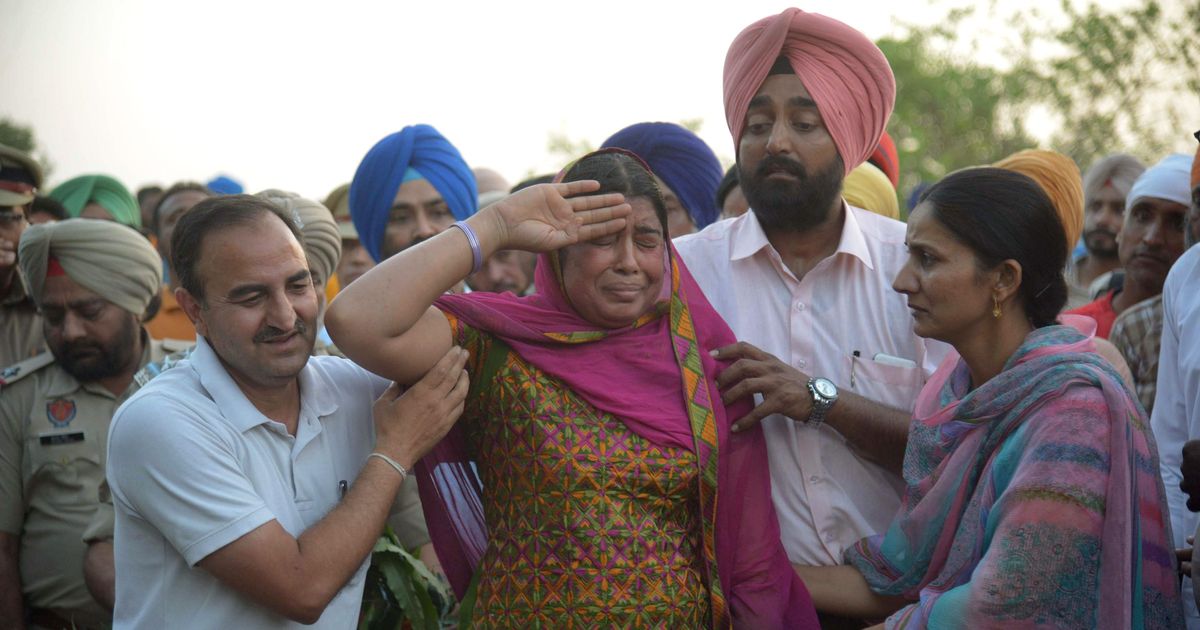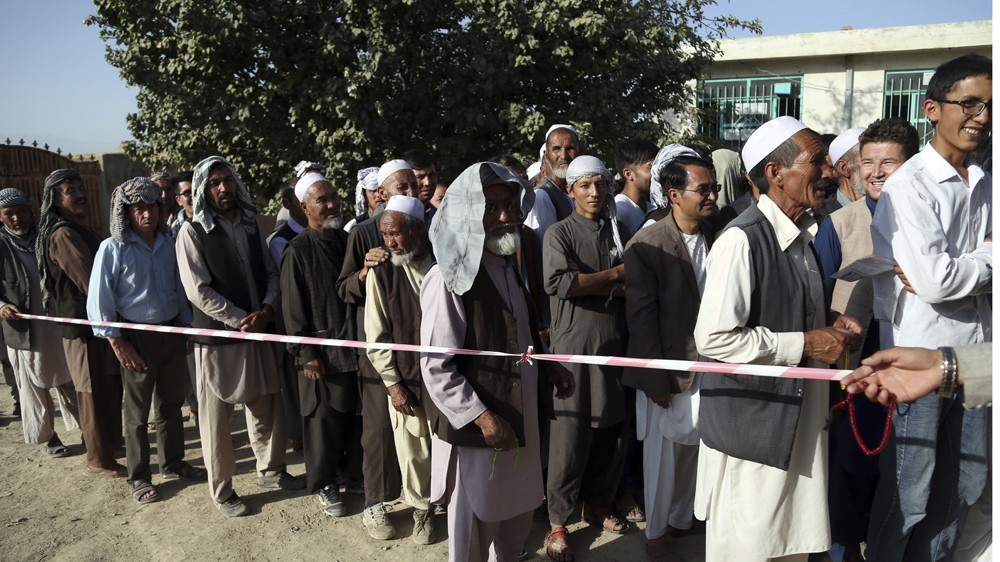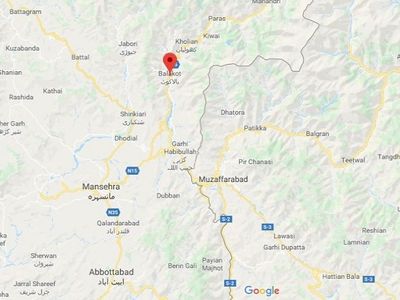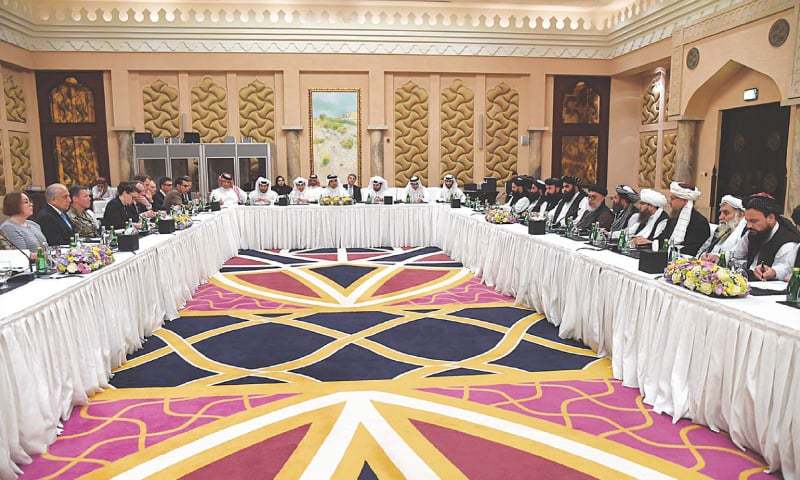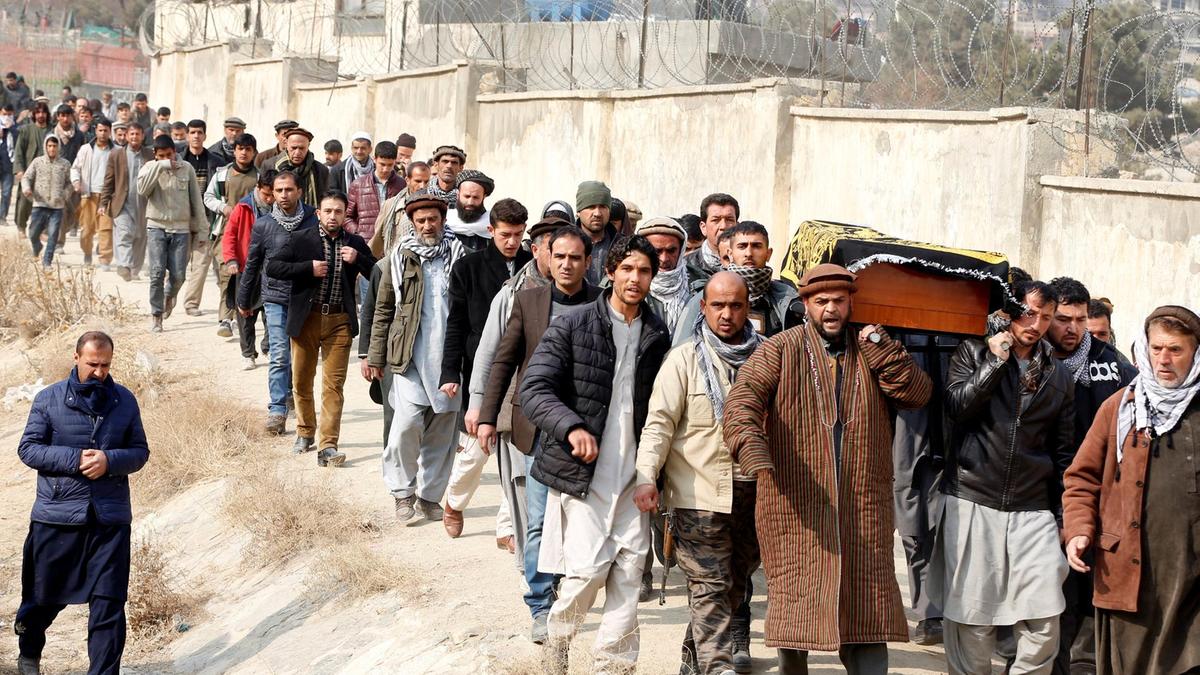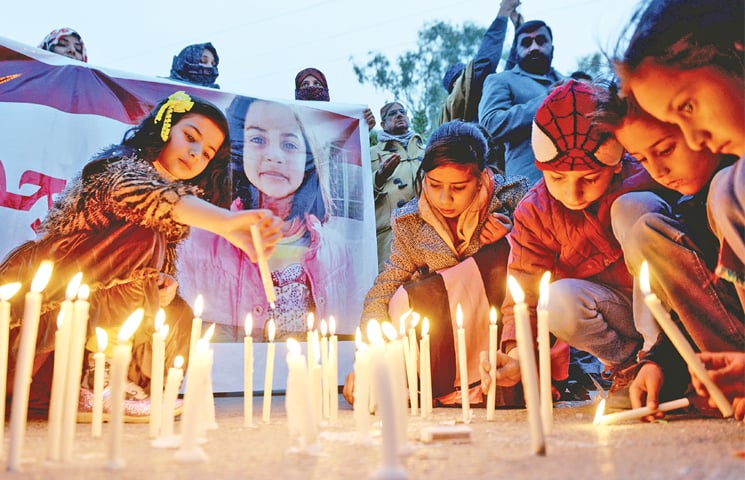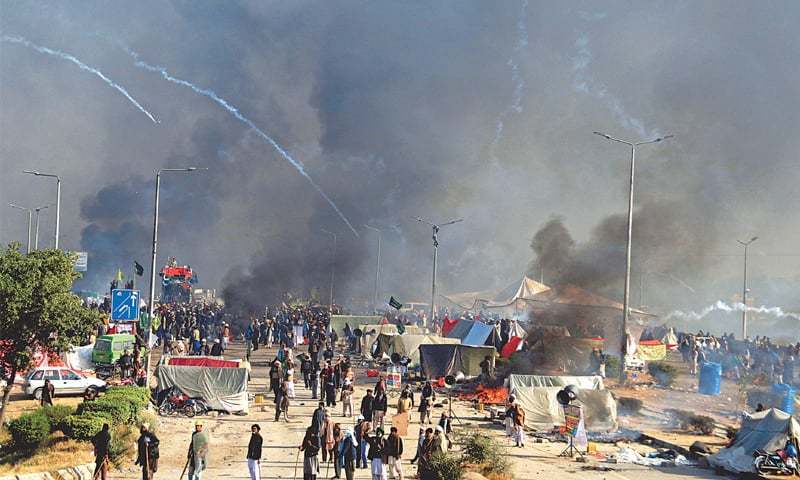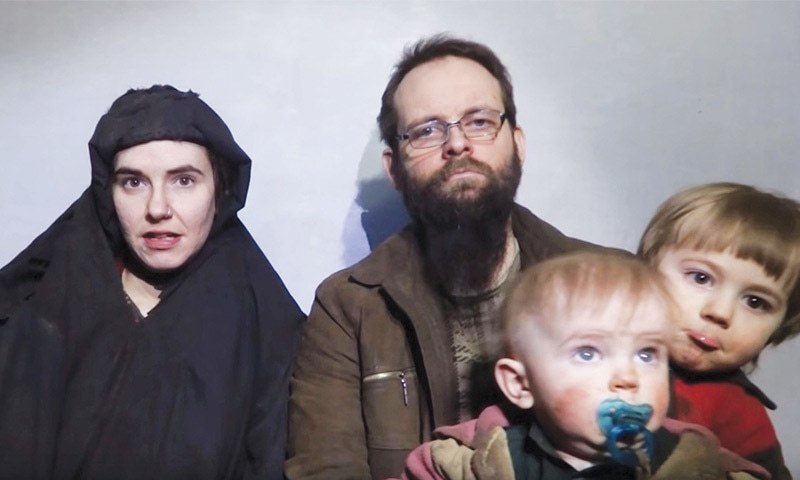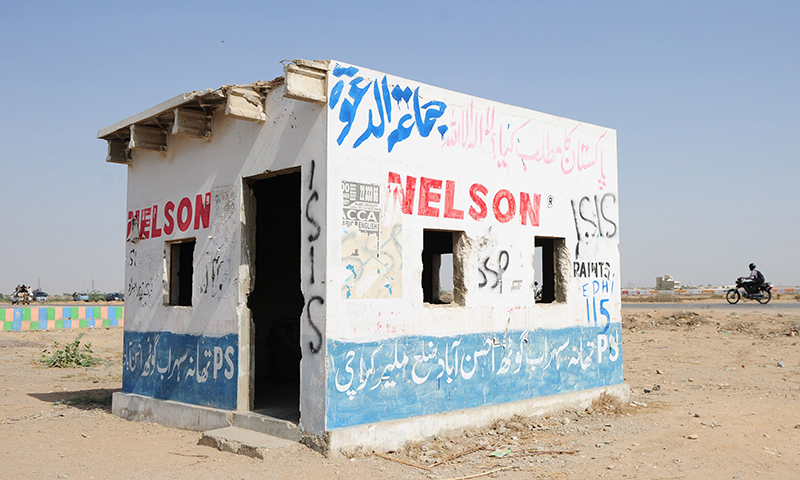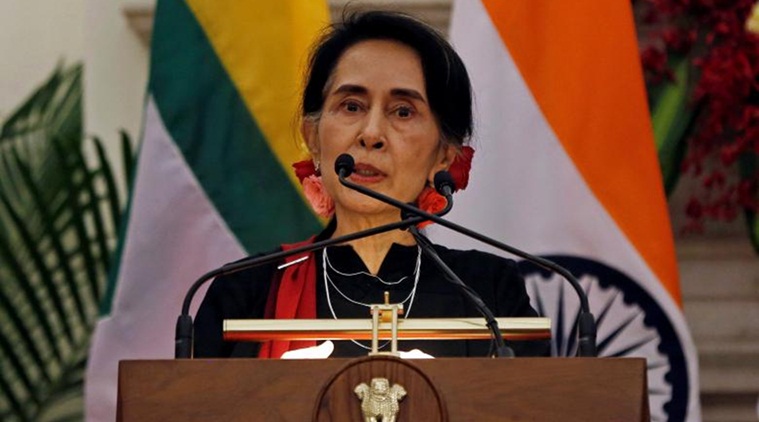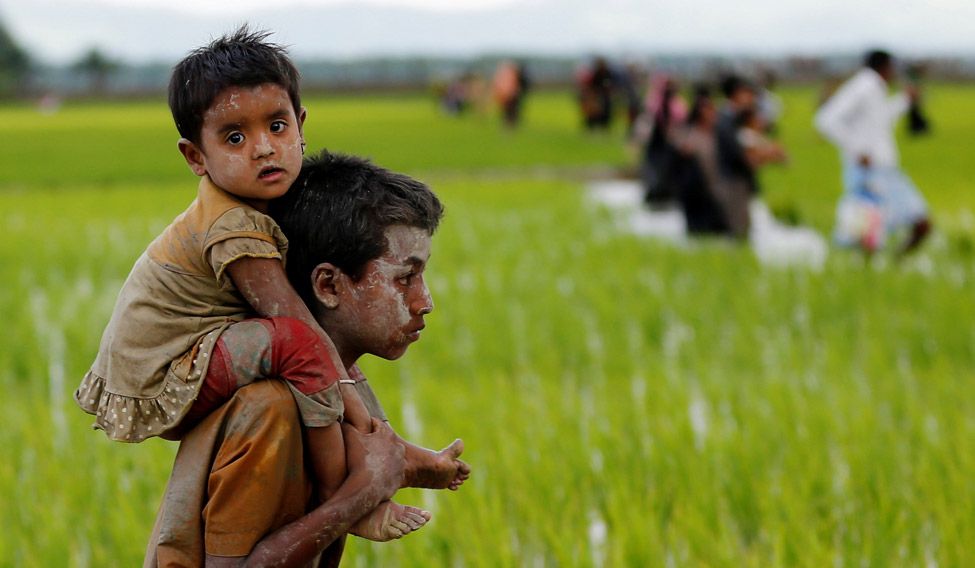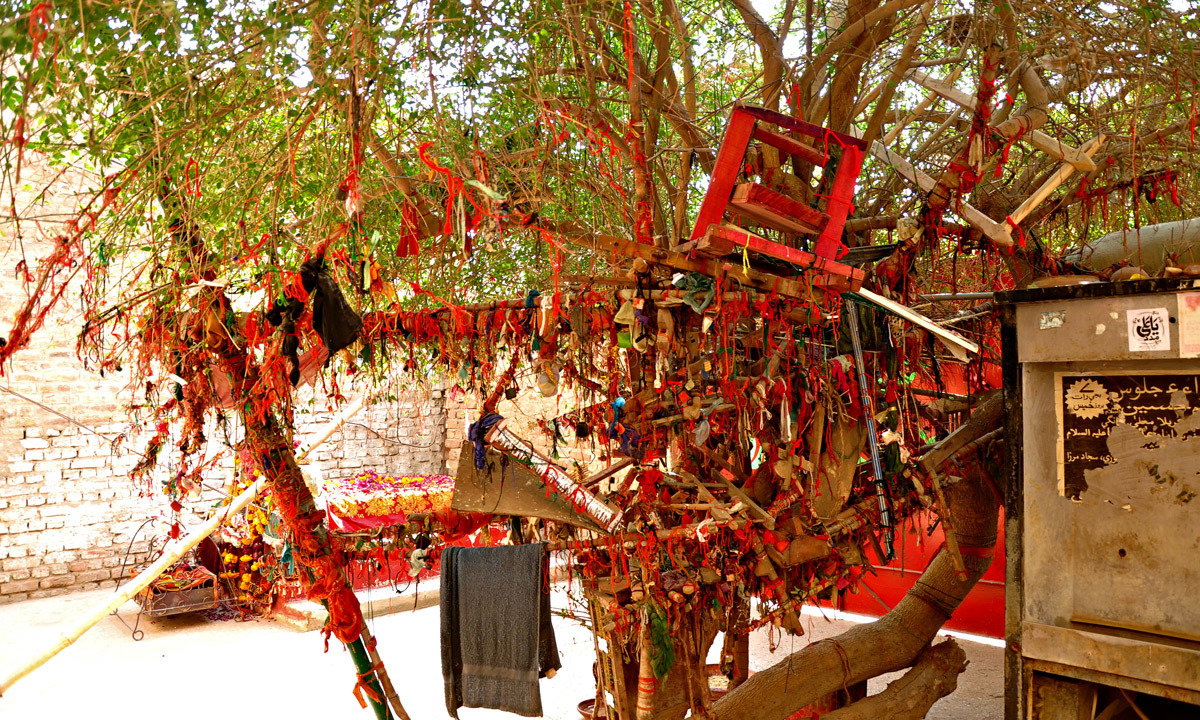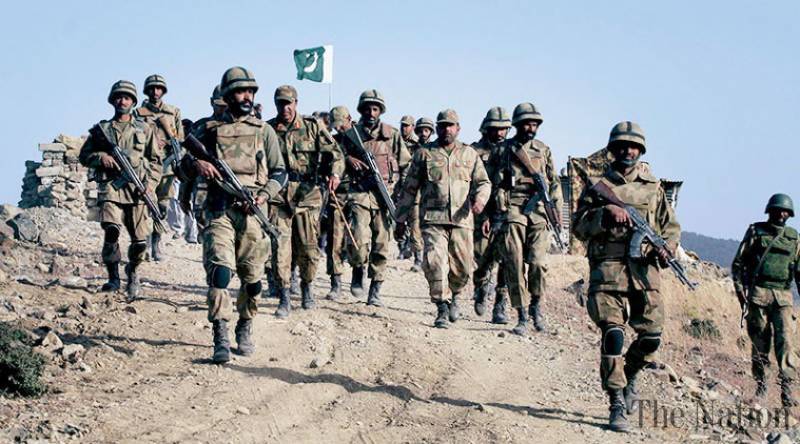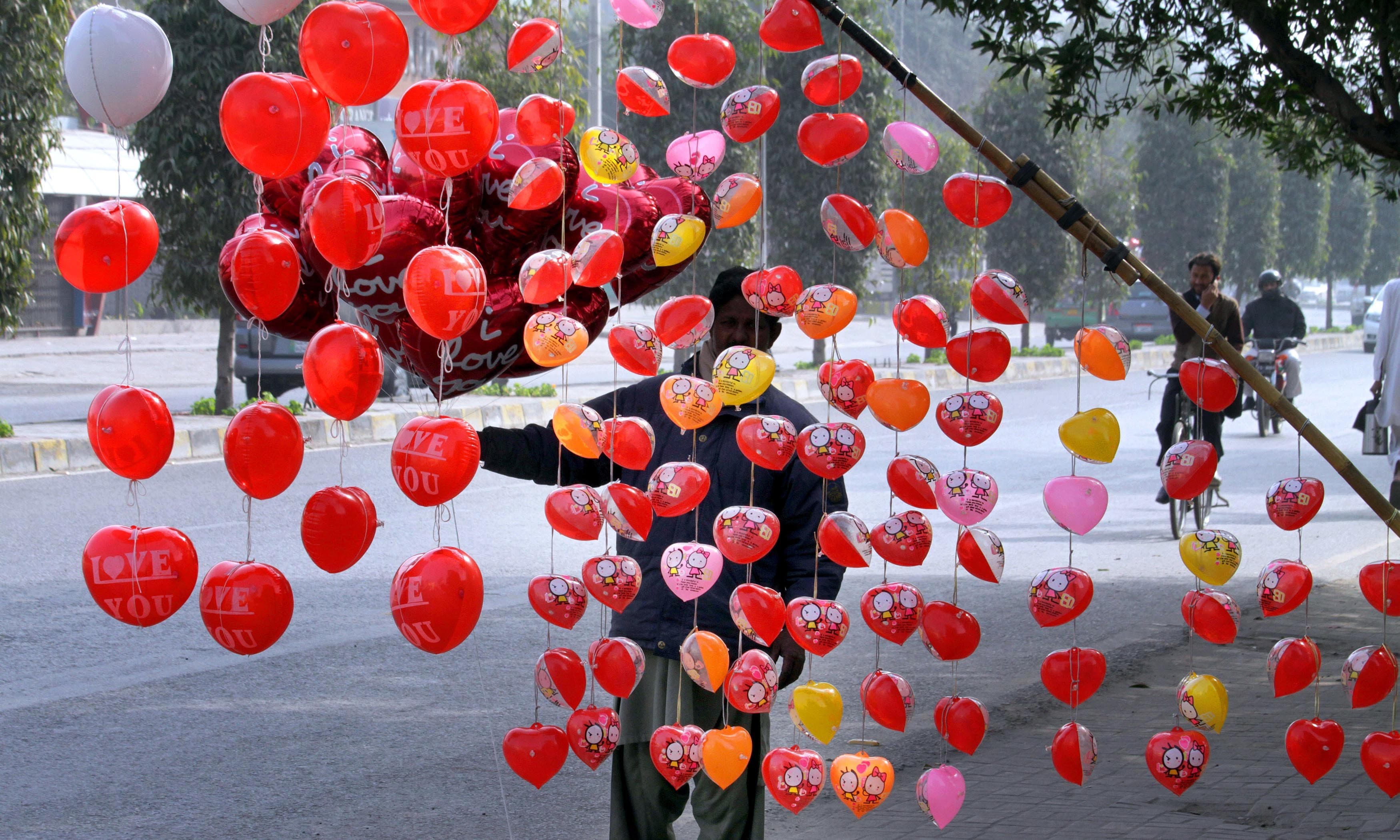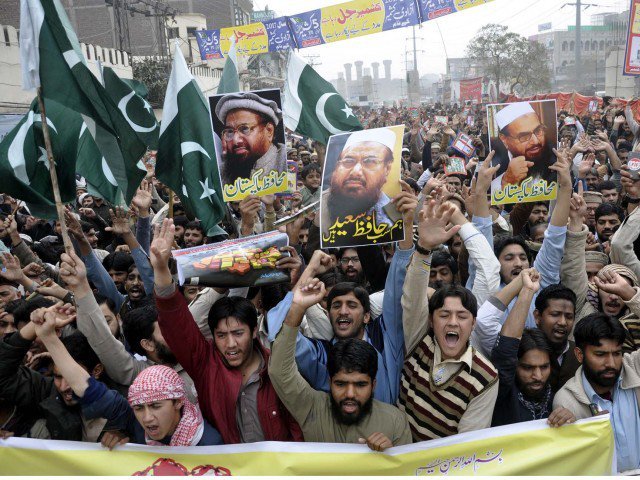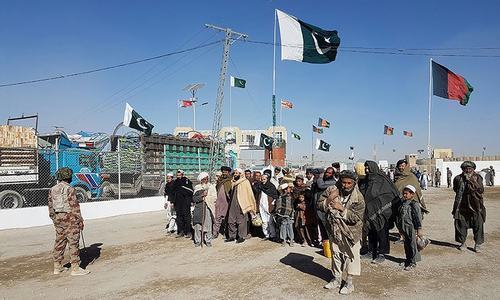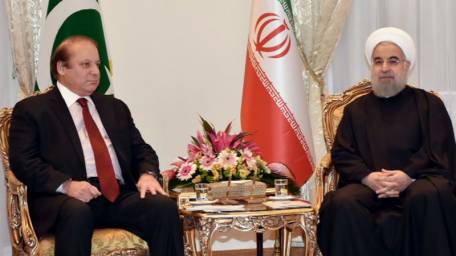CR Analysis
D. Suba Chandran
Professor
International Strategic and Security Studies Programme (ISSSP)
National Institute of Advanced Studies (NIAS), Bangalore
No other girl has divided the Pakistani society as Malala has. While a section considers Malala as a hero and an inspiration, another views her as an opportunist and a western conspiracy.
Worse, a group has started a campaign called “I’m not Malala”. It appears that a young girl from the remote Swat district brings out the best and the worst of the Pakistanis. Why?
Malala Debate in Pakistan: The Malicious Turn
When she returned to Pakistan, a section welcomed her warmly. Newspapers had Malala in their front pages, and her return was editorialised. The Prime Minister and the cabinet hosted Malala.
On the opposite extreme, there is another section questioning Malala. “I am not Malala” has become the slogan for this group, kicking up a malicious campaign against her.
Malala’s visit is no ordinary one, emotionally, for a young girl. She was carried to the UK in 2012, unconscious with a bullet in her head, after being shot by the Taliban. She was a teenager who wanted to study against the Taliban diktats. The Taliban, at that time on an offensive in Swat, was against girls’ education and have been targeting their schools.
Malala was seen as a rallying point in the preceding years as a liberal young girl, speaking up her mind and demanding education for everyone. She did write a few blogs, took part in a few discussions and got noticed. How dare she? How can she even think about an alternative discourse in Swat, when the Taliban wanted to take the valley back towards the Stone Age? The Taliban wanted to put a full stop and make an example of Malala by killing her.
It backfired for the Taliban. The civil society in Pakistan rose up, condemning the attack as they did two years later in 2014 when the militants targeted an Army School and killed more than hundred. In 2012, Malala became a rallying point for those who were against the Taliban.
Malala became a household name in Pakistan.
In the next two years, numerous developments happened with Malala and around her. She recovered from her bullet injuries. A new fund was created in her name in the UK, with well-meaning people contributing to it. Many met her when she was recovering from the bullet wounds. She met the British Queen in 2013; spoke at a few places including the Harvard University. Subsequently, she addressed the United Nations in 2013; the latter announced her birthday as “Malala Day”. During the same year, supported by the famous British journalist Christina Lamb, she published a book “I am Malala” that became a hit and got translated into numerous languages. Time magazine considered her as one of the most influential figures during that period. And in 2014, she received the Nobel prize for Peace, the youngest one in the history.
Malala became an international hero.
It was during this period, when Malala became a symbol and rallying point, something sinister happened within Pakistan. A section turned against Malala. For them, she became an international conspiracy, a western stooge and an American spy.
Malala became a villain in Pakistan. Why?
Understanding the anti-Malala Sentiment in Pakistan
Why would a section see Malala as a western conspiracy, liberal stooge, anti-national, anti-Islam and anti-military?
While a larger section eulogises Malala in Pakistan, a small one has turned nasty. Consider, for example, the efforts of a Kashif Mirza, who is currently the President of the All Pakistan Private Schools Federation. He is not only poisoning those 150,000 plus young minds from different schools under the Federation but also has been organizing an “I am not Malala” campaign through those young minds. For him, Malala maligns Pakistan and the Establishment. Earlier, in 2015, he published the book “I am not Malala, I am a Muslim, I am a Pakistani” as a counter to Malala’s book. His message is clear – if you are Malala or her supporter, you cannot be a Muslim and you cannot be a Pakistani.
Elsewhere, a few years ago, Kashif Mirza was reported to have told, “Malala is a darling of the west and Shiv Sena, the same people who created al Qaeda and the Islamic State (IS), have created Malala...She has formed strong nexus with Salman Rushdie and Bangladeshi writer Tasleema Nasreen, and also believes in their ideology.”
One could link his position to a section inside Pakistan – that sees an international conspiracy maligning the country; perhaps, there is a paranoia that the rest of the international community is after Pakistan – the only Muslim country with nuclear weapons. For them, Malala is a part of an international conspiracy against Pakistan.
Second, the Kashif Mirzas represent a problem not only in Pakistan but also in the rest of South Asia. A section in the region has taken the responsibility on its own to define, who is national and who is not, and what constitutes patriotism. There has been a rise of narrow nationalism in the region, cutting across political boundaries in South Asia. Those who don’t agree with their jingoism are targeted as “anti-national” and “anti-religious”. The military is seen as a holy cow that cannot be touched. So is religion. Even a rational critique becomes anti-national and anti-religious. There is a war both in the social media and also in the streets.
Third, in Pakistan, there has been a specific trend of targeting women who question the strong patriarchy and negative expressions. Two recent examples are - Sharmeen Obaid-Chinoy and Mukhtaran Mai. Both women came from different backgrounds and attempted to speak up for the rights of women in Pakistan and against the atrocities in the name of honour. Unfortunately, a section sees them as anti-national who bring down the international reputation of the country. By standing up for the women rights and speaking for the social injustice against them, they are seen as letting Pakistan down. If they have an issue against the system, they should speak within – the argument goes. But the reality is, they are speaking up because the system – in this context, the society and the State have failed them in the first place.
The only way, that injustice could be brought to the societal conscience and cut through the thick skin and self-righteous layer of the patriarchal order is through international exposure. How else to pressurise the hard State to respond?
Sharmeen has been making films since 2002 on various subjects – Afghanistan, Taliban Terrorism, Transgender etc. But, “Saving Face” in 2012 and “A girl in the river” in 2015 became a milestone and a section turning against her. The first is about acid attacks on women in Pakistan, and the second on the honour killing – focussing on a girl who survived a murder attempt by her father in the name of honour. When the latter won the Oscar award for best documentary, it was a matter of pride for most in Pakistan. But then, the Ghairat brigade in Pakistan took it as a responsibility to portray Sharmeen as an anti-national. How dare she make a film about Pakistan portraying the country in a negative light? Isn’t she selfish, selling the honour of the nation for petty awards?
Instead of looking at the real issue – the attempted killing of daughter by her father, for marrying a person of her choice, the Ghairat brigade decided to accuse Sharmeen for filming the story. The story was chilling; after getting married to a person of her choice, parents convince her to return to their home, only to shoot her in the head on a river bank. When she miraculously escaped the bullet wound, the family that talks about honour pursued another shameless act – forcing the daughter to forgive the father, so that he does not have to go to jail. The local society stood by the parents and not the victim.
When Sharmeen decide to tell the story of the victim and how she was forced to forgive the attempt to kill her, a section decide to go after the storyteller, instead of the story. The social media went berserk accusing her of selling Pakistan.
Worse, was the case of Muktaran Mai. In 2002, she was gang-raped in public, on the orders of a panchayat, as a part of an “honour” settlement. Instead of committing suicide, the “shameless” woman filed a case against the perpetrators; unfortunately, the Courts acquitted the convicts, for want of evidence.
When the BBC ran a story on Muktaran, her travails became international. Even the State did not want Muktaran to tell her story. The Amnesty International invited her for a meeting in London, but the government of Pakistan placed Muktaran in the Exit Control list, preventing her from travelling abroad, for she would bring dis-honour to the country. Nicolas Kristof, the famous New York Times columnist wrote her story; when the American government provided visa for Muktaran to visit US, the Pakistani government confiscated her passport.
Musharraf, then the President of Pakistan, reserved the worst when he was quoted to have told on Muktaran’s case, “You must understand the environment in Pakistan. This has become a money-making concern…A lot of people say if you want to go abroad and get a visa for Canada or citizenship and be a millionaire, get yourself raped.” Imagine, if this was the position of the President, supposedly enlightened!
Consider what Musarrat Ahmad Zeb, a PTI Parliamentarian told a news group in 2017 about Malala: “I was approached for the same drama but refused as I was not interested in seeking asylum in another country.”
Do women in Pakistan willing get raped and girls willing to get shot, just because they want to seek asylum? This is a warped argument, totally undermining the honour of the victims and also hiding the prejudices of the Ghairat brigade.
Finally, a complicated argument, yet a significant one that needs to be looked into. A story in Al Jazeera, asking for a “nuanced engagement” with the anti-Malala sentiment argues: “Representations of Malala in Anglophone media cultures, for instance, exceptionalise her courage to stand up against local patriarchies. This articulation of Malala is popular in the West because it relies on pre-established maps of meaning, wherein Pakistanis and Muslims appear unconcerned about violence against women. Malala's "girl power" then becomes legible in a geopolitical context of Islamophobia, racism, and on-going colonial relations of power.”
Is the above true? Is there a support for Malala and her cause, because, it becomes “legible in a geopolitical context”? Did people who support the victims look through a State prism and consider it in a geopolitical frame? What State and geo-political context did Christina Lamb have? And what phobia or racism did Nicolas Kristof have? And what context did those saviours of acid attack victim have?
Do people support Saba (the girl who was shot by her father), Muktaran and Malala because there is a political context? Such arguments are soft extremism, trying to justify an unjustifiable position. This is based on another weak argument – that we in South Asia are culturally different. Hence, the crimes against women and children should be seen from our own cultural and regional perspective. Is this a tenable?
The Idea of Malala
Malala is not alone in being targeted by the Ghairat brigade. There is a pattern, and she is the latest. Certainly, she won't be the last.
But then, the larger society, not only within Pakistan, but also from outside supports people like Malala. More than the person, it is the idea of Malala that rallies people around and make them speak up. Same thing happened a few weeks before, when a young girl was raped and murdered in Kasur. The majority of the society rallied around the victim.
The seven-year-old Zainab became a hero, not because of what she did, but because of what her death represents to the rest of the society. Poor Zainab didn’t know what was coming, when she was abducted and assaulted in her own neighbourhood and then brutally killed, only to be thrown into garbage. When people came to the streets and had Zainab’s poster in their hand (and heart), it was the collective conscience expressing through an individual’s sacrifice.
In both cases – Malala and Zainab – it is not what they did, but it is what they mean for rest of the society. It is not the individual alone that the people are supporting, it is the idea – the idea of Malala and the idea of Zainab.
Today, Malala is not a single person. She represents what the silent majority would want to say and do. Not only within Pakistan, but across the region of South Asia. Else, why should some one from South India be passionate about what Malala stands for?
I’m Malala too. So is my mother. And so will be my daughter.
D. Suba Chandran is a Professor and Dean at the National Institute of Advanced Studies (NIAS), Bangalore. He manages a portal on Pakistan – www.pakistanreader.org.. A shorter version of the above was first published in the Rising Kashmir.

